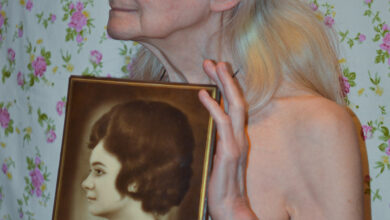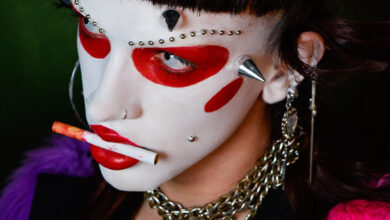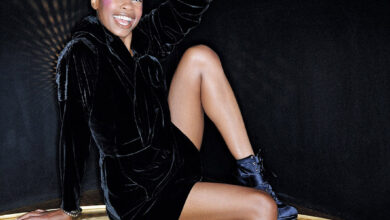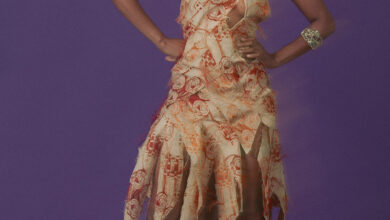DesignFashionZoot meets
FRACTAL COSMOLOGY, FASHIONABLY REMASTERED: LISA SHAHNO
The latest collection of Russian fashion designer Lisa Shahno moves from her fascination with Fractal Cosmology theories.
Text by Anna Battista

As a young girl Russian fashion designer Lisa Shahno used to make her dolls’ clothes under the watchful eye of her elder sister who explained her the principles of pattern making. As she grew up, unsure about her future career and still toying with the idea of becoming an artist rather than a designer, Shahno started wearing bizarre outfits she created herself, and eventually enrolled in the pattern making department of Moscow Mossovet College. Her lecturers mainly based their classes on their knowledge of Soviet factories, classical sewing technology and traditional pattern making, but Shahno was fascinated and, after getting her diploma, she moved onto the fashion department of the Moscow State University of Design and Technology.
After winning in 2009 the Createurope fashion design contest held by the Goethe Institute, Shahno spent a year in Berlin where she interned at Andrea van Reimersdahl’s studio while preparing her new collection, “The Iteration”. In the latter Shahno applied the nodal points of the fractal cosmology theory to her garments, coming up with designs that seem to incorporate in their structure a multitude of patterns, sharing the same features and similarities of our infinite cosmos.
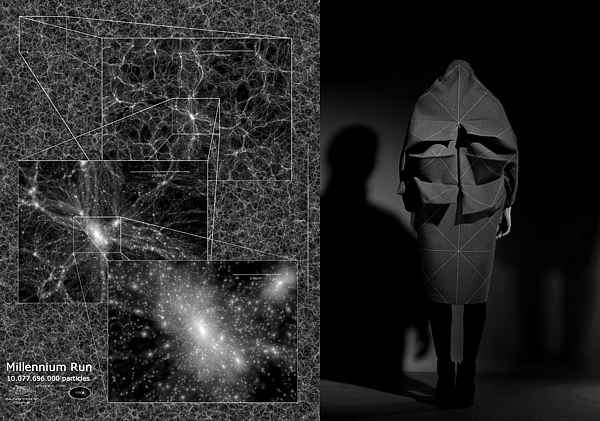
Zoot Magazine: Can you introduce us your latest collection?
Lisa Shahno: I used a similar principle in it as in my first collection – “Squaring the Square”. In that case I took basic geometric shapes and then divided them with straight lines. This time, though, I used a simple grid made of squares divided with diagonals. This grid has different scales for each design – like a different scale of fractal, so you can say that the designs represent a variety of matter levels in the universe, according to the Fractal Cosmology theory that inspired me. I believe that if a flat pattern looks beautiful, the three-dimensional object it generates will look beautiful as well. That”s why I juxtaposed grid graphics to the photos of my designs on my website, after all the grids themselves can be considered as independent art objects. I also tried to make this collection wearable so I didn”t use plastic and looked at the designing process from more practical points of view.
Z: Apart from fractal cosmology, the inspirations behind your collections include the universe, the hexaflexagon, geometry and science, what fascinates you about these themes?
LS: There”s a half-mystical modernism concept I appreciate about things – such as Dutch Neo Plasticism or Russian Suprematism – which we can”t imagine or see with our limited perception but can talk about, using the visual language of geometrical shapes. “The Iteration” was inspired as I said by Fractal Cosmology, but then I read The Cosmos by Carl Sagan and browsed the web on the universe-related theme. I was spellbound by the idea of the infinity of worlds nested inside each other. I”m an artist, not a scientist so I express my comprehension not through words, but through the things I make.
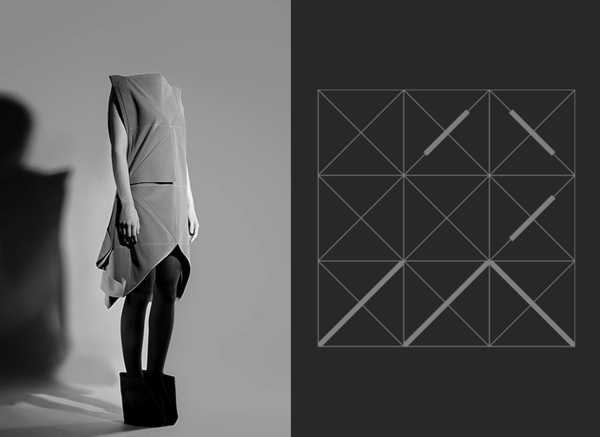
Z: Is there a Russian designer who particularly inspires you in your work?
LS: I like the works of Vera Mukhina and Nadejda Lamanova that they did for a publication called “The art in everyday life” (“Iskusstvo v bytu”). In these works they suggested the concept of clothes that are easy to make, supposed to be made using cheap materials – such as rectangular towels and square kerchiefs as after the October Revolution there was a very difficult time and industry just started to emerge so there was a shortage of good materials and ready-to-wear clothes. I love textile design and concepts of prozodejda – from Russian “proizvodstvennay odejda”, that is “clothes for the manufacture” – of Lubov Popova and Varvara Stepanova.
Z: You often do installations as well, do you consider yourself more an artist or a fashion designer?
LS: I”m more artist than a fashion designer. I don”t like the traditional way of presenting clothes. I”d like to explore a deeper interaction between presentations in galleries and fashion shows, wearable clothes, art objects and small scale production. I want people to ask more questions and to buy things not because a magazine or a blog told them that it is cool to do so, but because they understand and share the ideas which inspire the designer to create those things.
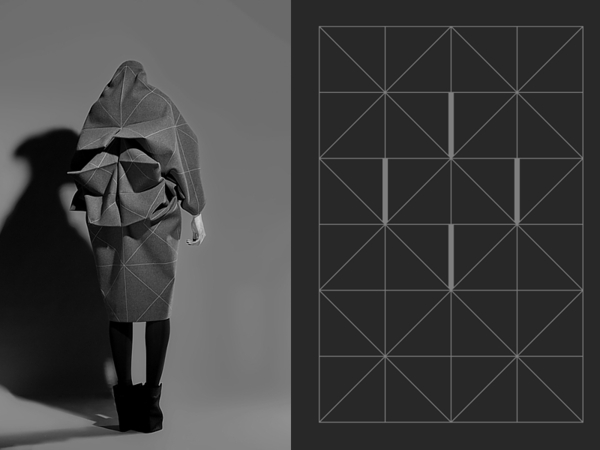
Z: What’s the fashion scene like in Russia at the moment?
LS: Russians are mainly interested in very expensive clothes that are supposed to show off how much money the person wearing them has, that’s a strong trend, in the same way it is also fashionable to follow the European and American trends. People in general do not trust local designers, preferring popular Western brands. Besides people are often afraid of something unusual, that’s why they choose classic rather than avant-garde or experimental styles. While there is no real indtustry and no national fashion market in Russia there are exceptions, such as design duo Nina Donis that I really like.
Z: Is it difficult for a Russian designer to emerge?
LS: I suppose it”s pretty difficult everywhere, but in Russia it”s much harder for quite a few reasons. As I said before, there”s no real fashion industry in Russia, so there”s a severe shortage of professionals in all fashion-related fields. The lack of professionalism is the worst problem, because in fashion you can”t just do everything by yourself, you need to work with many different people and so, even if you have a great idea, the final “product” may end up being second-rate because of the amateurs you work with. The other thing is the lack of interest: I do receive a lot of interest – both press and customers – from abroad, but when someone wants to borrow pieces for a shooting, it”s very complicated because the Russian post is incredibly slow and unreliable. Last time, when I had such a request I had to pay 260 euros to ship the piece to Hamburg via DHL – it”s simply crazy! Another time I had a problem with Russian customs when I received my first collection back from an exhibition in Belgium, so you often feel you’re isolated from the rest of the world.
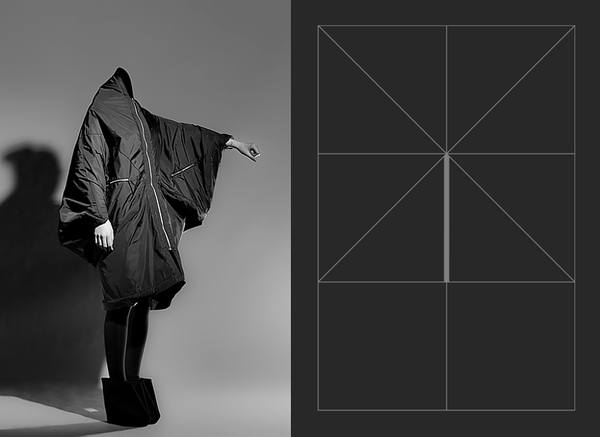
Z: Is it true that Lady Gaga wanted to borrow one of your designs?
LS: Apparently yes, it was at the beginning of last year year, when I just returned from Berlin. An employee of Brandon Maxwell, assistant to Nicola Formichetti, requested pieces for an upcoming video shoot for Lady Gaga. He said that the video was going to be shot pretty soon and it was going to be a big production with crazy and insane pieces. But at that time all my works were at an exhibition at the Mode Museum of Hasselt and I couldn’t provide anything.
Z: Where can we buy your creations?
LS: At the moment some pieces from “The Iteration” are available at «Teknopolice» store in Osaka, Japan. You can also contact me directly via email.

